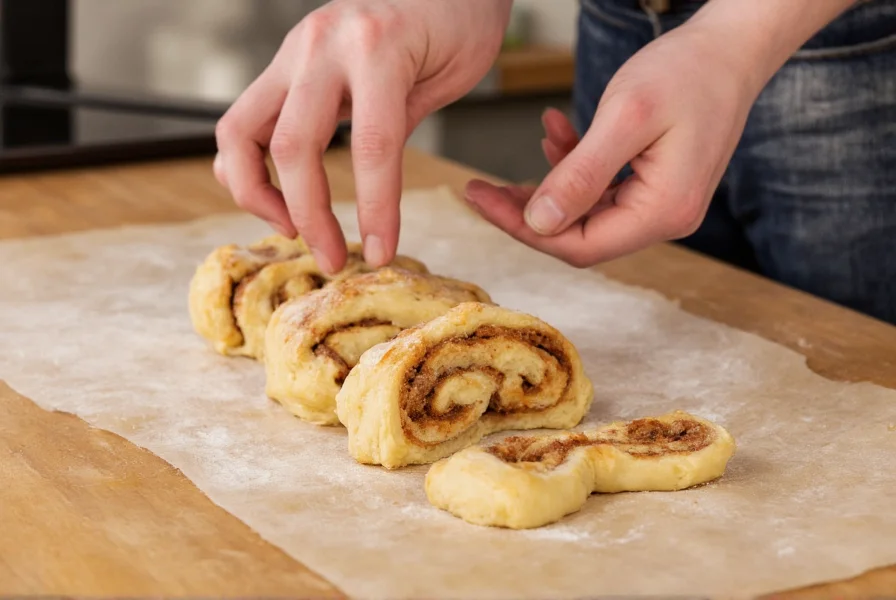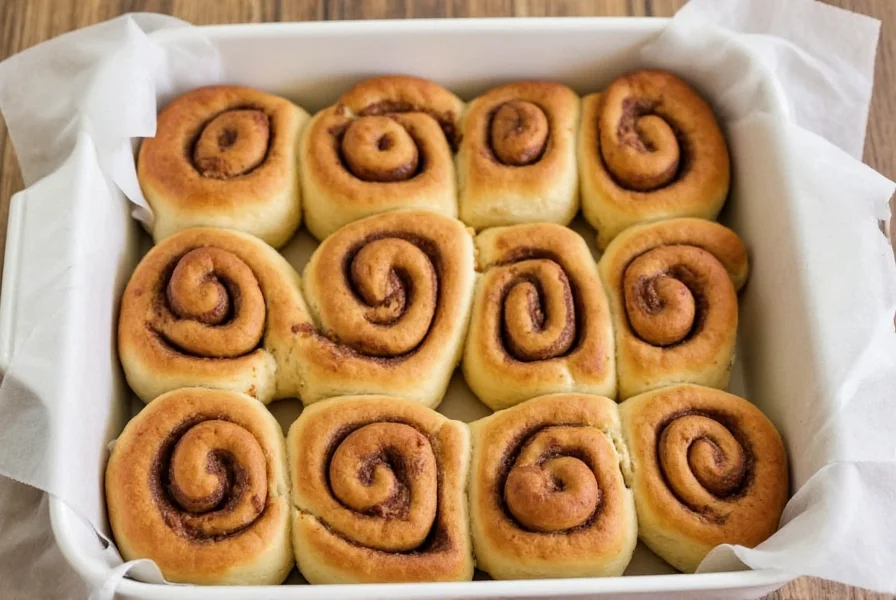For bakers seeking to perfect their cinnamon-infused creations, understanding the science behind this versatile spice transforms ordinary recipes into extraordinary bakery items. Cinnamon isn't merely a flavoring agent—it interacts chemically with other ingredients, affecting texture, moisture retention, and overall sensory experience. Professional bakers know that the timing of cinnamon incorporation significantly impacts final product quality, with different stages of the baking process yielding distinct flavor profiles and visual characteristics.
The Science Behind Cinnamon in Bakery Applications
When cinnamon meets heat during baking, its essential oils undergo complex chemical transformations that release aromatic compounds responsible for that distinctive warm scent. The primary compound, cinnamaldehyde, constitutes 60-90% of cinnamon's essential oil and provides the characteristic flavor. During baking, this compound interacts with sugars through Maillard reactions, creating deeper, more complex flavors than either ingredient would produce alone.
Interestingly, cinnamon's natural antimicrobial properties can extend the shelf life of bakery products by inhibiting mold growth. However, bakers must balance this benefit with cinnamon's tendency to absorb moisture, which can lead to drier products if not properly formulated. The ideal ratio for most yeast-raised cinnamon bakery items is 1-2 teaspoons of ground cinnamon per cup of flour, while cinnamon fillings typically require 3-4 tablespoons per cup of sugar for optimal flavor without bitterness.
| Cinnamon Type | Flavor Profile | Best Bakery Applications | Recommended Ratio |
|---|---|---|---|
| Ceylon ("True" Cinnamon) | Delicate, sweet, citrus notes | Fine pastries, delicate cakes, custards | 1.5x Cassia amount |
| Cassia (Common Cinnamon) | Bolder, spicier, more intense | Cinnamon rolls, coffee cakes, hearty breads | Standard measurement |
| Indonesian | Moderate heat, earthy notes | Cookie doughs, muffins, quick breads | Equal to Cassia |
Mastering Cinnamon Swirl Technique
Creating the perfect cinnamon swirl in bakery items requires precise technique. Many home bakers make the mistake of sprinkling dry cinnamon directly onto dough, which leads to uneven distribution and bitter pockets. Professional bakers create a cinnamon-butter-sugar paste by combining softened butter with cinnamon and brown sugar until forming a spreadable mixture. This paste ensures even distribution and prevents the cinnamon from absorbing too much moisture from the dough.
The temperature of your dough significantly impacts swirl formation. When working with yeast-raised doughs, aim for a temperature between 70-75°F (21-24°C)—too cold and the filling won't spread properly; too warm and the butter melts prematurely, causing leakage during baking. For optimal swirl definition, roll your dough tightly but gently, using the palm of your hands to apply even pressure without compressing the layers.

Avoiding Common Cinnamon Bakery Mistakes
Even experienced bakers occasionally struggle with cinnamon-based bakery items. One frequent error involves using expired cinnamon, which loses its volatile oils and flavor compounds over time. Ground cinnamon maintains peak flavor for only 6-12 months when stored properly in an airtight container away from light and heat. To test freshness, rub a small amount between your fingers—if you can't immediately detect the characteristic aroma, it's time to replace your supply.
Another common issue is cinnamon settling to the bottom of batters, particularly in muffins and quick breads. To prevent this, toss your cinnamon with a tablespoon of flour before incorporating it into the batter. This light coating helps the spice distribute more evenly throughout the mixture. When making cinnamon rolls, resist the temptation to overfill with cinnamon mixture, as excess filling can leak out during baking and create burnt spots on your baking sheet.
Optimal Storage for Cinnamon Bakery Products
Cinnamon's natural preservative qualities extend the freshness of bakery items, but proper storage remains crucial for maintaining quality. Yeast-raised cinnamon products like rolls are best stored at room temperature for 1-2 days, then transferred to the refrigerator for up to 5 additional days. The sugar content in cinnamon fillings can accelerate staling if exposed to air, so wrapping individual portions in parchment paper before placing them in airtight containers helps maintain texture.
For longer storage, freeze cinnamon bakery items after they've cooled completely. Wrap each piece individually in plastic wrap, then place in freezer bags with as much air removed as possible. Properly frozen cinnamon rolls maintain quality for 2-3 months. When reheating, allow frozen items to thaw at room temperature for 30 minutes, then warm in a 300°F (150°C) oven for 8-10 minutes for optimal texture and flavor release.











 浙公网安备
33010002000092号
浙公网安备
33010002000092号 浙B2-20120091-4
浙B2-20120091-4